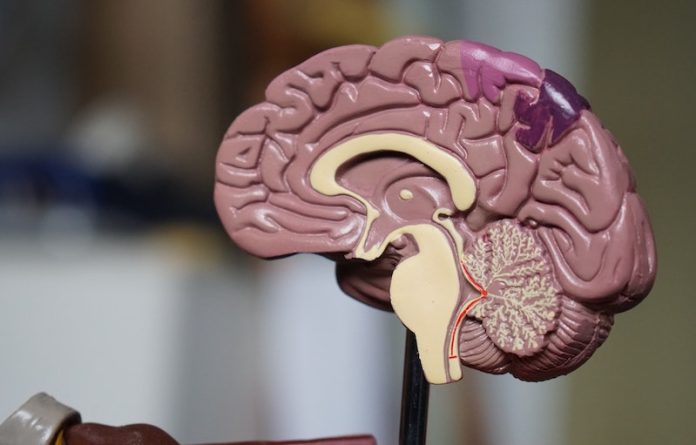
Memory loss is often the first sign of Alzheimer’s disease, followed by confusion and difficulty thinking.
These symptoms reflect the typical pattern of worsening damage to brain tissues.
Toxic clusters of proteins first concentrate in the temporal lobes of the brain—the memory area—before spreading to parts of the brain important for thinking and planning.
In a study from Washington University in St. Louis, scientists found clues as to why certain parts of the brain are particularly vulnerable to Alzheimer’s damage.
It comes down to the gene APOE, the greatest genetic risk factor for Alzheimer’s disease. The parts of the brain where APOE is most active are the areas that sustain the most damage.
The findings help explain why symptoms of Alzheimer’s disease sometimes vary and highlight an understudied aspect of Alzheimer’s disease that suggests yet-to-be-discovered biological mechanisms may play an important role in the disease.
Alzheimer’s disease begins with a brain protein known as amyloid beta. The protein starts building up into plaques two decades or more before people show the first signs of neurological problems.
After years of amyloid accumulation, tangles of tau—another brain protein—begin to form. Soon after, tissues in the affected areas begin to wither and die, and cognitive decline sets in.
In the study, researchers examined 350 people who volunteered for memory and aging studies.
The participants underwent brain scans so the researchers could measure the amount and location of amyloid plaques and tau tangles, and the volumes of various brain areas.
The researchers compared the patterns of protein clumps and tissue damage in the volunteers to the gene expression patterns of APOE and other genes associated with Alzheimer’s disease.
Everyone carries some version of the APOE gene, but people who carry the APOE4 variant are up to 12 times more likely to develop Alzheimer’s disease than the general population and at a younger age.
Alzheimer’s researchers have long known that APOE4 increases the accumulation of amyloid beta in people’s brains.
To assess the effect of the high-risk variant of APOE on tau-related brain damage in people, the researchers classified each participant as carrying the high-risk variant or not and analyzed the protein clusters and atrophy in their brains.
They found that APOE4 carriers are more likely to start accumulating amyloid, which puts them on the path to Alzheimer’s. Then, for the same amount of amyloid they get more tau tangles, which leads to more atrophy. It’s a double hit on the brain.
In future work, the researchers plan to explore how patterns of gene expression related to patterns of tau damage in people with atypical Alzheimer’s.
If you care about Alzheimer’s disease, please read studies about the cause of Alzheimer’s disease in the human brain, and this common cancer drug may help reverse Alzheimer’s symptoms.
For more information about brain health, please see recent studies about antioxidants that may help prevent Alzheimer’s disease and results showing how to sleep to prevent Alzheimer’s disease.
The study was conducted by Brian A. Gordon et al and published in Science Translational Medicine.
Copyright © 2022 Knowridge Science Report. All rights reserved.



